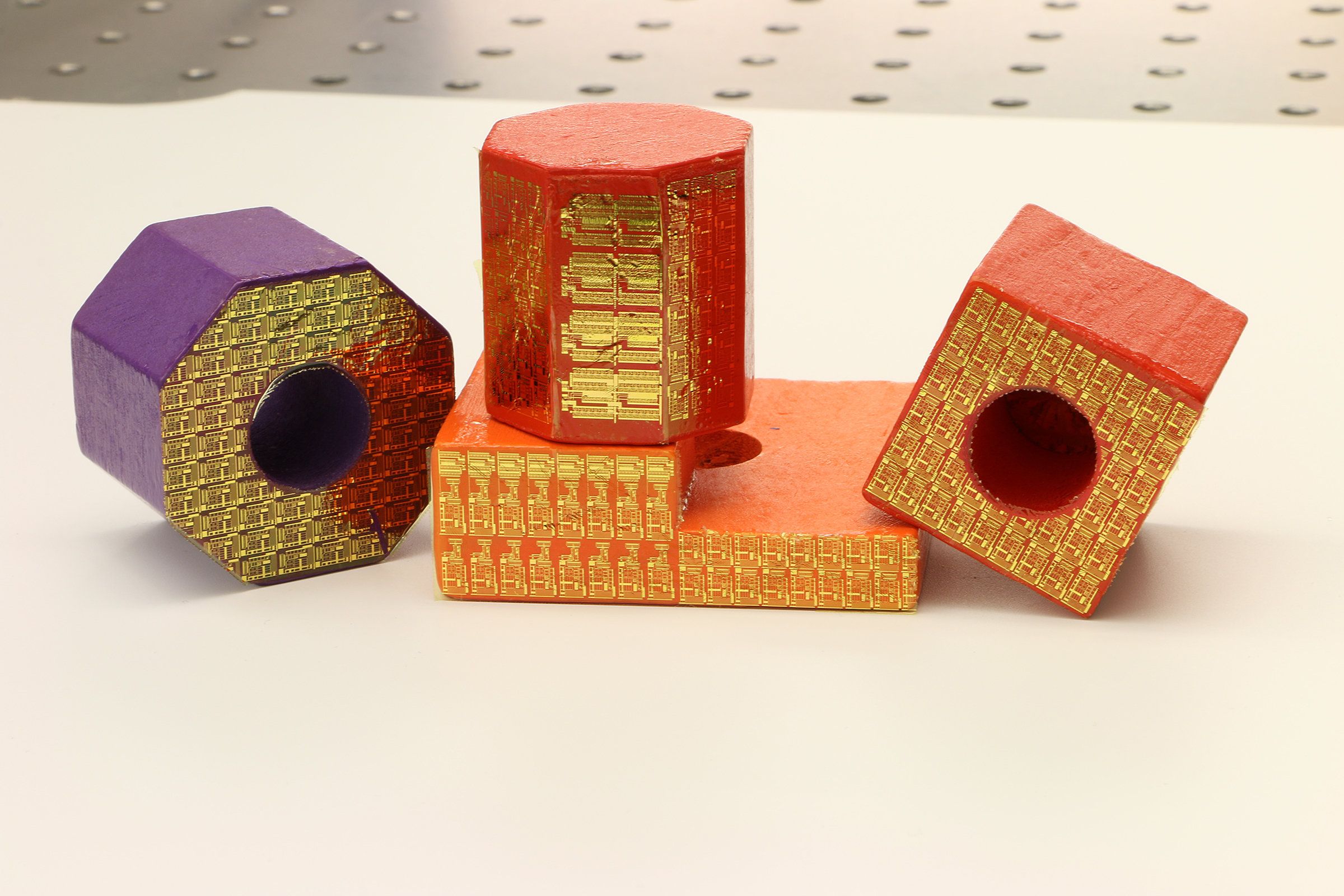IoT stickers can turn anything into a smart device
The Internet of Things (IoT) may sound like a buzz word — but it just describes anything that's connected to the internet. So if your lights can be controlled through an app that connect to Wi-Fi it's part of the IoT space. But these devices can be expensive, and someone must have decided to ask why can't we turn anything into an IoT gadget? That's likely the idea behind these new "IoT stickers," sensors that when stuck to any object put them into the IoT world.
These thin film-like electronic circuits can peel off and stick onto anything, and came from
researchers at Purdue University and the University of Virginia, along with support from the National Science Foundation and the Air Force Research Laboratory. Using a new fabrication method, small electronic circuits are made with a sticker than can be peeled back and attached to other objects and surfaces.
DIY internet devices
It's expensive to make silicon circuits — and creating them is a complicated process that requires building them on silicon wafers, then etching them to remove. That damages the wafer itself, meaning a new one is needed each time.
At Purdue, assistant professor of biomedical and mechanical engineering Chi Hwan Lee created a new fabrication technique called "transfer printing" so that silicon wafer could build "a nearly infinite number of thin films holding electronic circuits," said Perdue. These circuits can just be peeled off by submerging them in water, which makes it easier to separate them from their backing.
This new advancement wouldn't just mean cutting costs when it comes to IoT products — it could also make simple things like building a smart home way easier. Theoretically, you could stick one of these bad boys on a stick outside near your tomato plants — the IoT sticker could then monitor temperature changes that can then educate you on why they aren't growing well.
That's just what researchers did at the lab, putting a sensor on a flower pot, which was then able to read the temperature on its surface. Researchers also put a sensors on an LED light display to turn it on and off.
This method of turning devices could also easily make IoT more accessible, so that instead of buying an expensive smart device, you could use what you already have in your home — but just put a sticker on it.
